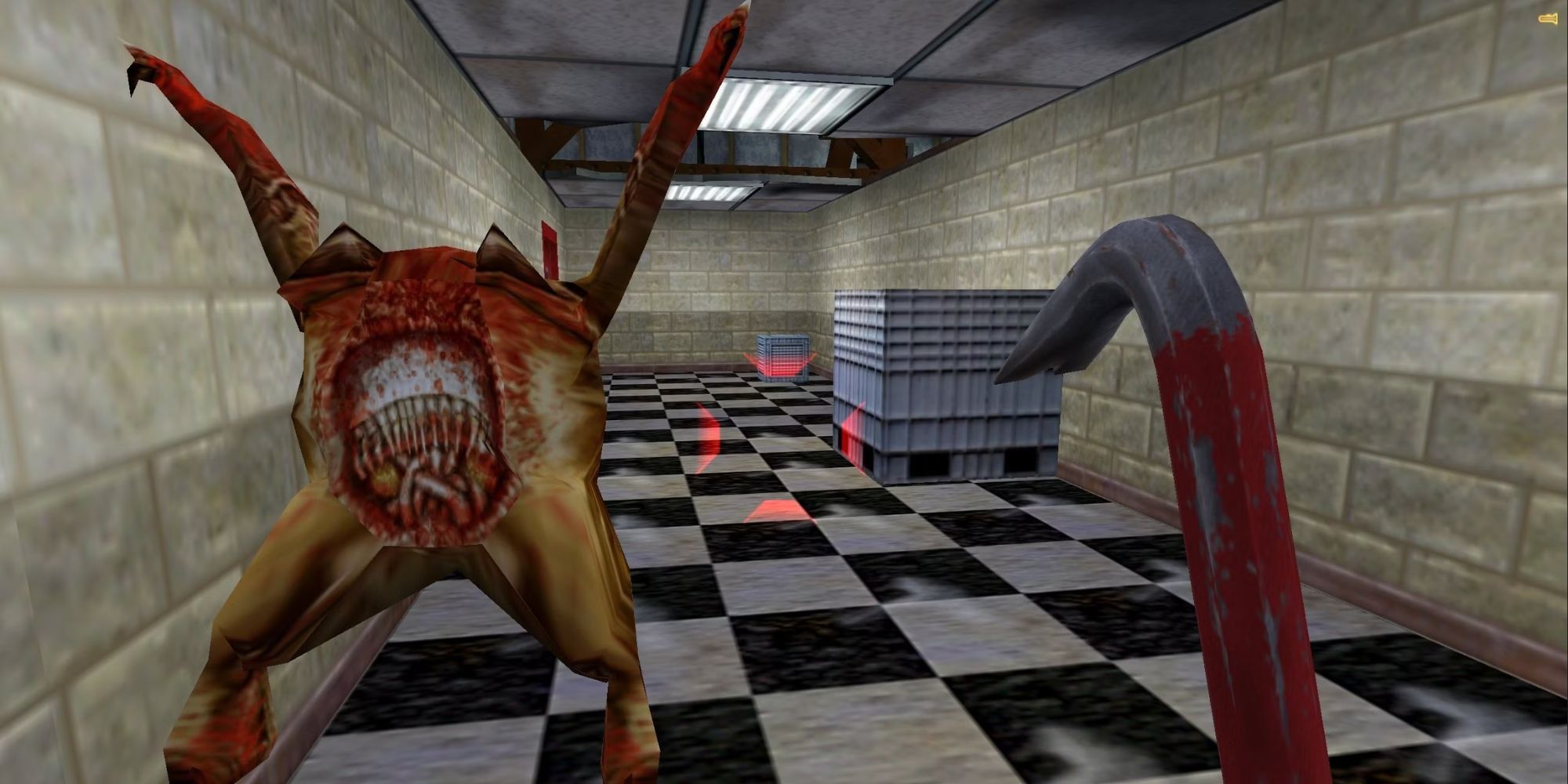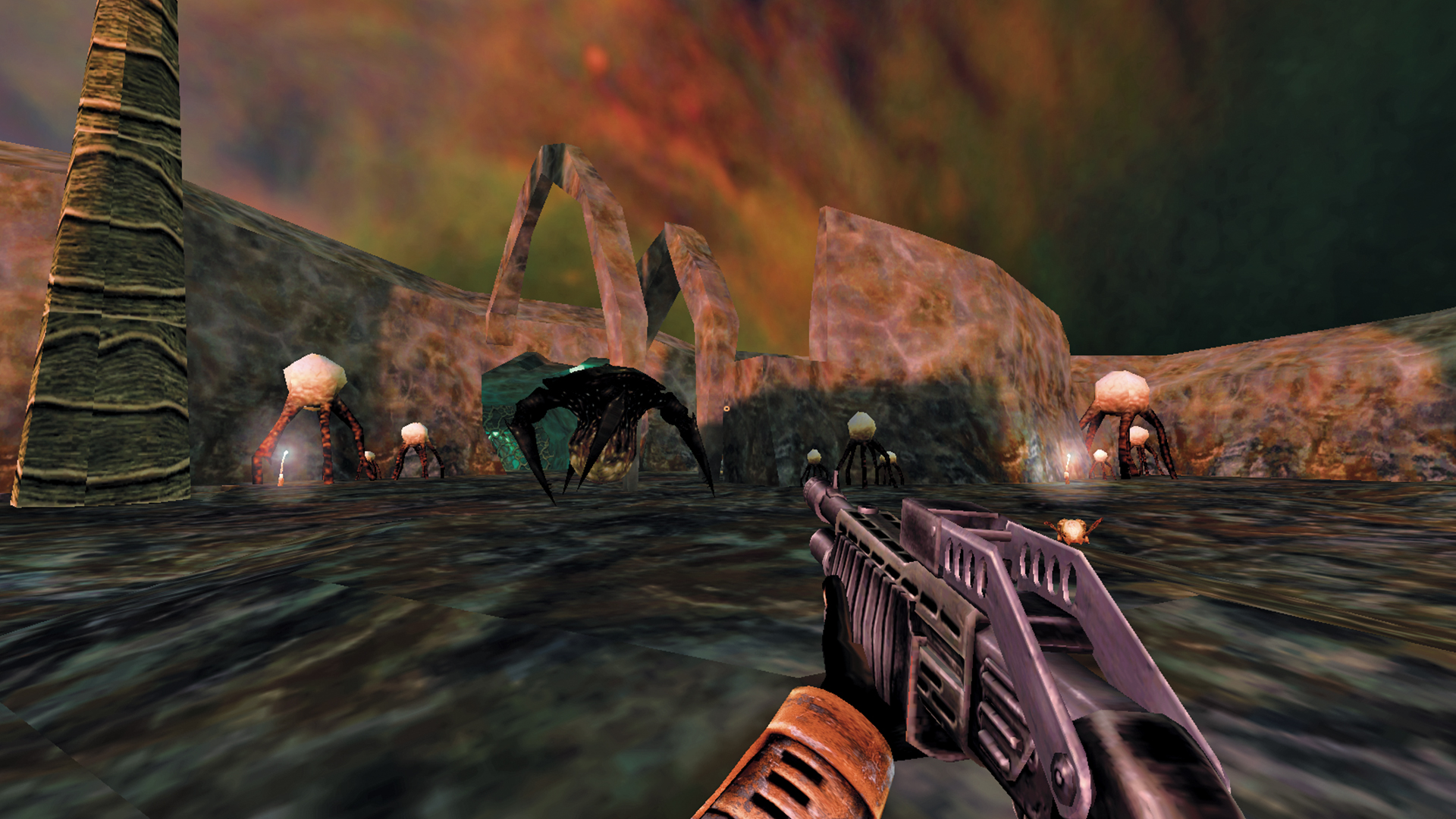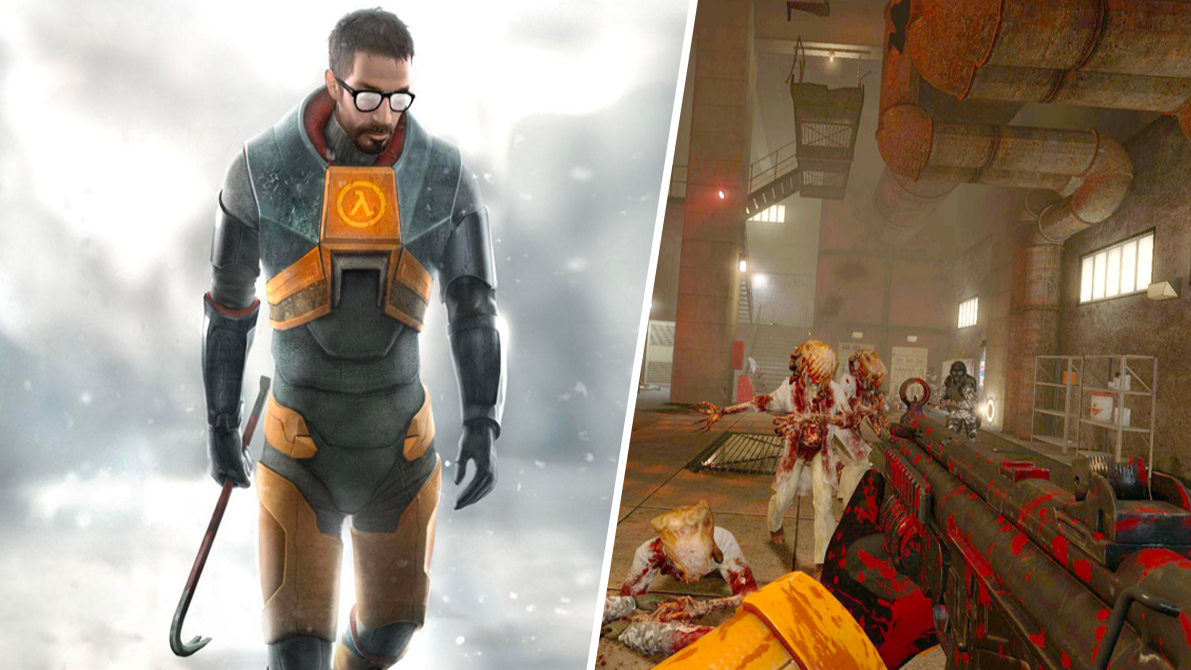Half-Life: A Game-Changing Masterpiece in Video Game History
Introduction:
Half-Life, a seminal first-person shooter (FPS) developed by Valve Corporation and released in 1998, stands as a landmark in the history of video games. Revered by gamers and critics alike, Half-Life revolutionized the FPS genre with its immersive storytelling, innovative gameplay mechanics, and groundbreaking technical achievements. This essay delves into the cultural impact, technical prowess, and enduring legacy of Half-Life, exploring how it redefined the possibilities of interactive entertainment.
Origins and Development:
Half-Life emerged from the collaborative efforts of a talented team of developers at Valve Corporation, led by Gabe Newell and Mike Harrington. Drawing inspiration from classic science fiction literature and films, the team set out to create a narrative-driven FPS experience that would push the boundaries of storytelling in video games.
Development of Half-Life began in the mid-1990s, utilizing Valve's proprietary GoldSrc game engine. The team's goal was to create a seamless and immersive gameplay experience, blending scripted events with dynamic AI behaviors to create a sense of realism rarely seen in games at the time.
The narrative of Half-Life follows the silent protagonist, Gordon Freeman, a theoretical physicist working at the Black Mesa Research Facility. When an experiment goes awry, causing a catastrophic dimensional rift, Freeman must navigate the facility overrun by hostile alien creatures and government forces while uncovering the truth behind the disaster.
Innovative Gameplay and Immersive Storytelling:
One of the most significant contributions of Half-Life to the gaming industry was its narrative delivery and environmental storytelling. Instead of relying on cutscenes or exposition, the game immerses players in its world through real-time events, scripted sequences, and environmental cues. This seamless integration of storytelling and gameplay set a new standard for narrative-driven gaming experiences.
The game's level design is another aspect that sets it apart, featuring meticulously crafted environments that encourage exploration and reward player curiosity. From the claustrophobic corridors of the Black Mesa complex to the otherworldly landscapes of Xen, each location in Half-Life feels distinct and memorable, contributing to the overall sense of immersion.
Half-Life also introduced innovative gameplay mechanics that would go on to become staples of the FPS genre. The game's weapon selection system, which allows players to carry a limited number of firearms at a time, encourages strategic decision-making and resource management. Additionally, the use of scripted events and dynamic AI behavior creates a sense of unpredictability and tension, keeping players engaged throughout their journey.
Technical Achievements and Cultural Impact:
From a technical standpoint, Half-Life was a marvel of its time, pushing the boundaries of what was possible in interactive entertainment. The GoldSrc engine, developed specifically for the game, enabled advanced rendering techniques, realistic physics simulations, and dynamic lighting effects that were unprecedented at the time of release.
Half-Life's success also had a significant impact on the gaming industry as a whole, inspiring a new wave of narrative-driven FPS games and raising the bar for immersive storytelling in video games. The game's critical and commercial success solidified Valve's reputation as a leading game developer and laid the groundwork for future blockbuster titles such as the Half-Life 2 series and the Portal franchise.
Legacy and Continued Influence:
Nearly two decades after its release, Half-Life continues to enjoy a devoted fanbase and remains a cultural touchstone in the gaming community. The game's influence can be seen in countless modern titles, from narrative-driven FPS games like BioShock and Deus Ex to indie darlings such as Gone Home and Firewatch.
Moreover, Half-Life's impact extends beyond the realm of gaming, inspiring fan creations, academic discussions, and even professional careers. The game's modding community, in particular, has flourished over the years, producing countless fan-made modifications, total conversions, and multiplayer experiences that keep the Half-Life legacy alive and vibrant.
Half-Life stands as a testament to the transformative power of video games as an art form. Through its innovative gameplay, immersive storytelling, and groundbreaking technical achievements, Half-Life redefined the possibilities of interactive entertainment and left an indelible mark on the gaming industry. As gamers continue to revisit its hallowed halls and new generations discover its brilliance, Half-Life remains a shining example of the magic that can be found in the digital realm.
Half-Life's impact on the gaming industry has been so profound that it's difficult to overstate.
Cultural Phenomenon:
Half-Life transcended the confines of gaming culture, permeating mainstream consciousness and becoming a cultural phenomenon. Its iconic characters, such as Gordon Freeman and the enigmatic G-Man, have become recognizable symbols in popular culture, appearing in memes, fan art, and references in other media.
Sequels and Spin-offs:
The success of Half-Life spawned numerous sequels, expansions, and spin-offs, further expanding the universe and deepening the lore. Half-Life: Opposing Force, Half-Life: Blue Shift, and Half-Life: Decay explored different perspectives within the Black Mesa incident, while expansions like Half-Life: Alyx continued the story in new and innovative ways, leveraging VR technology for immersive gameplay experiences.
Modding Community:
One of the most enduring legacies of Half-Life is its vibrant modding community, which has produced thousands of user-generated content over the years. From simple weapon skins and custom maps to full-fledged total conversions and multiplayer mods, the creativity of the Half-Life modding scene knows no bounds, keeping the game fresh and relevant long after its release.
Fan Expectations and Longing for a Sequel:
Despite its cultural impact and continued relevance, fans of the Half-Life series have long clamored for a true sequel that continues the story of Gordon Freeman. The anticipation and speculation surrounding the elusive "Half-Life 3" have become legendary in the gaming community, with each passing year fueling hopes and rumors of a potential release.
Valve's Silence and Future of the Franchise:
Valve Corporation, the developer behind Half-Life, has remained notoriously tight-lipped about the future of the franchise. While spin-offs like Half-Life: Alyx have kept the series alive in recent years, fans continue to eagerly await news of a true sequel. Valve's reluctance to commit to a new Half-Life game has only intensified speculation and anticipation, leaving fans to wonder what the future holds for Gordon Freeman and the world of Half-Life.
In conclusion, Half-Life's impact on the gaming industry and popular culture cannot be overstated. From its groundbreaking gameplay innovations and immersive storytelling to its enduring legacy and passionate fanbase, Half-Life remains a shining example of the transformative power of video games. As the gaming landscape continues to evolve, Half-Life stands as a timeless classic that continues to inspire and captivate audiences around the world, ensuring its place in the annals of gaming history for generations to come.































































